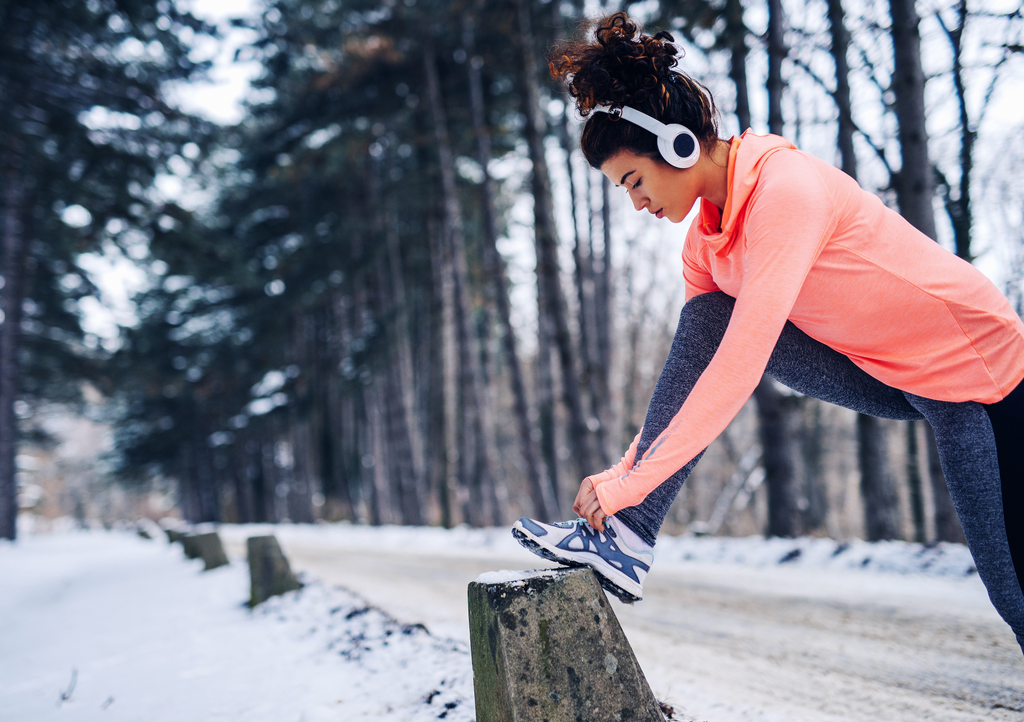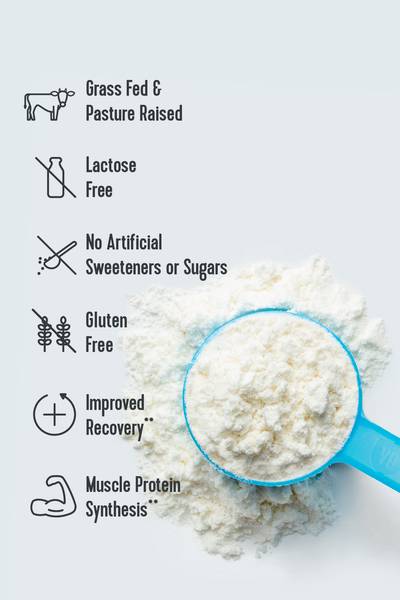When the weather outside is frightful, the desire to stay inside sounds oh, so delightful. This extends to your workouts. You opt for an indoor cycling class instead of biking outside and lift weights at your home gym instead of trekking it out to the gym. It’s a similar story for running; many people prefer to run on their treadmills inside than hit the pavement outside.
But is this really the better choice? You might be surprised to learn that you can and should run outside this winter!
To help encourage you to take your next run outdoors, we tapped the insights of several running experts. They also shared their top tips for braving the cold safely!
1. Running In The Cold Can Be More Comfortable Than The Heat
According to Marnie Kunz, USATF- and RRCA-certified run coach and NASM certified personal trainer and founder of Runstreet, you can always add more layers for protection from the cold. You can’t, however, always escape the summer heat.
In order to make your winter run as safe as possible, layering up is key to staying warm. But you also don’t want to dress too warmly and overheat. According to the fitness experts, a good rule of thumb is to dress as though it’s 20 degrees warmer than the temperature outside. So be sure to check weather forecasts regularly.
Jessica McManus, a physical therapist and health coach, says that properly layering is head to toe. For starters, you’ll want insulated tights for your lower half, with a layer of spandex shorts and or compression socks. “This is especially necessary if you are prone to tightness or injury in the hips or lower leg,” she says.
For the top half of your body, she says that multiple thin layers are key. In general, you want a tight-fitting base layer that is moisture wicking and a second moisture wicking layer above that (ideally one that has a half zip and mock turtleneck, she says). “This will keep your neck warm when needed, but also allow you to get some fresh air, as you heat up.”
Finally, to complete the ensemble, you’ll want a thin, waterproof coat or vest (keeping your core warm is key), a hat and mittens, and a moisture-wicking face mask, depending on the temperature and your personal comfort level.
And, since you’ll potentially be running in snow or on trails that are slick or wet, you want to ensure you’re wearing the proper shoes. Winter boots won’t do, obviously. Kunz recommends investing in waterproof trail running shoes. “These will keep your feet dry as you run and give you more traction in the snow.”
Related Articles
2. You’ll Get Fresh Air
Outdoor runs are a great way to ward off cabin fever and shake off the winter blues, says Tami Smith, an ACE Personal Trainer. “We often feel stuck during the cold, blustery winter months. However, with a little planning and preparation, it’s perfectly fine to go outside and enjoy some time in the crisp air,” she says.
A lot of the mood-boosting benefits are gained from the vitamin D that we get from the sun. And speaking of the sun, since you’ll be outdoors, be sure you don’t head out the door without applying sunscreen. (You may also want to wear sunglasses to protect your eyes. The sun reflecting off snow can be very bright!)

3. It’s more exciting than running on a treadmill
Running in a winter wonderland sure beats the view of a wall at your local gym or in your home gym. Your run could take you on gorgeous views of forests, mountains, or city streets blanketed in snow. This change of scenery will be a welcome presence after months of endless Zoom calls!
As pretty as the sights are, though, be sure to choose the right paths! “I always tell my running clients to choose paths that have been cleared of snow and salted,” she says. When this is unavoidable (it’s no secret that winter doesn’t always offer the most ideal conditions), try this tip: “stay on the most level part of the path to reduce risk of overuse injuries.” Since ice and slush can be hard to see at night, Carly James, a certified nutritionist and fitness instructor, says to run in the daylight with plenty of light. Wearing reflective clothes and a headlamp can also help keep you visible if you must run at dawn or dusk.
4. You’ll get an effective workout
While heaps of snow isn’t great when you’re trying to drive to work in the morning, it does have positive benefits to your run, especially if you’re running through snow. “Running in snow adds resistance to your workout (similar to running on sand on a beach),” says Kunz. “So your times will be slower than regular runs but you’re still getting a great workout with extra intensity.”
Keep in mind, your miles will likely be slower, as you’ll want to avoid slipping and getting injured. But this is a good thing! Taking slow runs can help your recovery process and in turn help you run faster. It can also help you build up to running bigger distances.
















